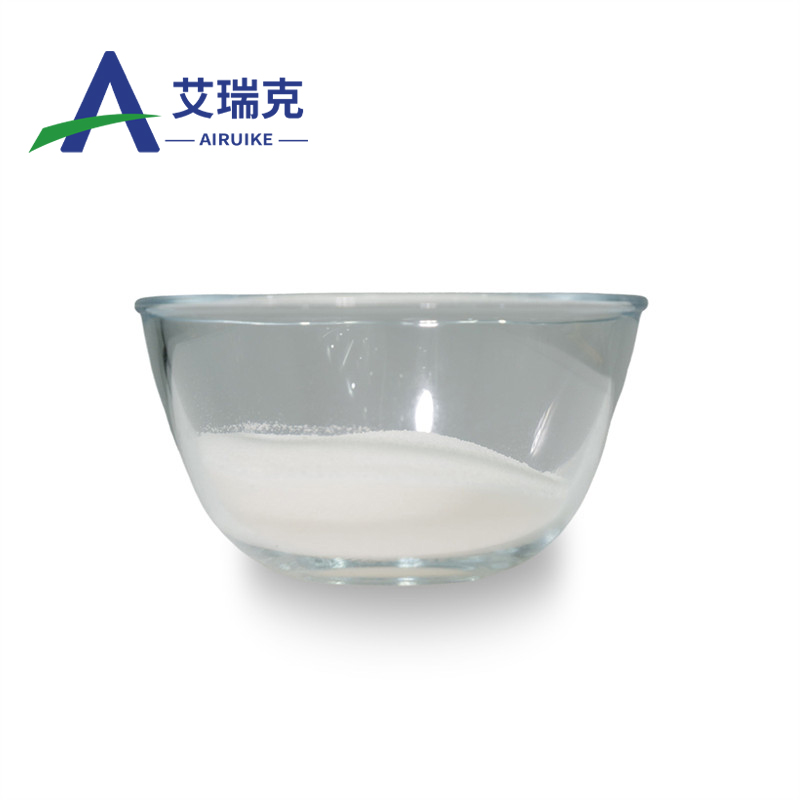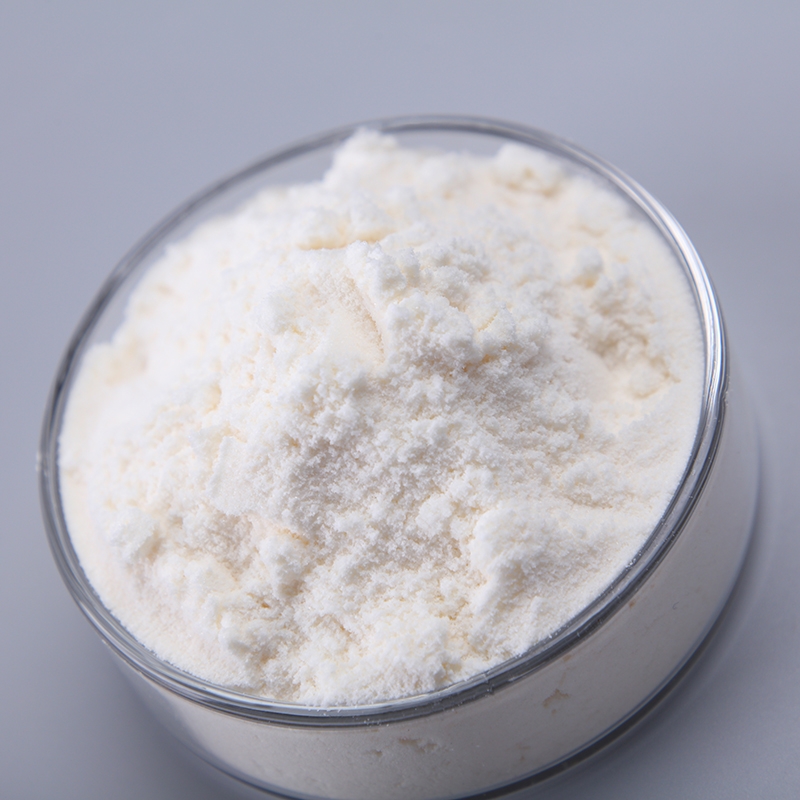-
Categories
-
Pharmaceutical Intermediates
-
Active Pharmaceutical Ingredients
-
Food Additives
- Industrial Coatings
- Agrochemicals
- Dyes and Pigments
- Surfactant
- Flavors and Fragrances
- Chemical Reagents
- Catalyst and Auxiliary
- Natural Products
- Inorganic Chemistry
-
Organic Chemistry
-
Biochemical Engineering
- Analytical Chemistry
-
Cosmetic Ingredient
- Water Treatment Chemical
-
Pharmaceutical Intermediates
Promotion
ECHEMI Mall
Wholesale
Weekly Price
Exhibition
News
-
Trade Service
*For medical professionals only
First-line treatment options are mainly hormonal hormones, plasmapheresis, and intravenous gammaglobulin
Encephalitis is a common disease of the nervous system in children, and with the widespread application of autoantibody detection technology in recent years, many children with encephalitis have been diagnosed with autoimmune encephalitis (AE).
The prevalence of AE in children (10.
5 per 100,000) is significantly higher than in adults (2.
2 per 100,000) [1].
According to the location of lesions, AE can be divided into vasculitic type, gray matter involvement-dominated type, and white matter involvement-dominated type[2].
from the perspective of immunology.
Anti-NMDAR encephalitis accounts for 35% of AEs in children [4].
In recent years, the diagnostic norms and expert consensus of AE in China have been continuously improved, but these norms are mainly adults
.
However, there are differences in the presentation, diagnosis and treatment of AE in children and adults, and the diagnostic norms and expert consensus of adults cannot be directly applied to children
.
.
1.
Prevention of
AE in children has been reported that 14 cases (27%) of AE occurred in 51 patients with herpes simplex virus within 1 month, including 9 cases of anti-NMDAR encephalitis [5]
。 Therefore, when the child's condition is doubtful, the relevant antibody test should be given as soon as possible to confirm the diagnosis as soon as possible so that better treatment can be taken and the prognosis
should be improved.
AE may be considered and treated early in children with: sudden changes in children's mood and mental state, memory loss; Sudden seizures but different from common epilepsy, with an increased number of cerebrospinal fluid cells, MRI suggesting encephalitis, and new focal neurological symptoms; Other possibilities are ruled out [6].
Some people [7] compared the levels of vitamin A and vitamin E in children with AE patients with healthy children, and found that the levels of vitamin A and vitamin E in peripheral blood of children with AE were significantly lower than those in healthy children, indicating that the decline in vitamin A and vitamin E levels had a serious impact on the nervous system function of children with AE.
Supplementing appropriate amounts of vitamin A and vitamin E can help improve the clinical symptoms of children
.
Second, the treatment of AE in children
The AE treatment regimen mainly adopts first-line and second-line treatment, and the treatment is generally preceded by screening for viral infections and tumors and giving corresponding treatment
.
First-line treatment The first-line treatment
plan mainly uses hormones, plasma exchange (TPE) and intravenous gamma globulin (IVIG).
Clinical [8] The combination treatment of methylprednisolone and IVIG in children with AE showed that the effect of combination therapy was better than that of methylprednisolone alone, with an effective rate of 80.
0%, and less adverse effects on
children's hormone levels.
In addition[9] studies have shown that dexamethasone has better
anti-inflammatory and anti-edema effects than methylprednisolone in the treatment of post-infection autoimmune encephalomyelitis.
Hormone therapy has little effect on patients with severe central nervous system demyelinating and TPE is 73 percent effective in these patients [10].
In pediatric patients, the dose of hormones has a large difference, intravenous pulse therapy is generally methylprednisolone 30mg/(kg·d), the maximum daily dose is 1000mg, and the dose
is gradually reduced according to the condition after 3~5d application.
IVIG is generally used 2g/kg, divided into doses [2].
■2.
Second-line treatment The second-line treatment is mainly cyclophosphamide and rituximab injection, and symptomatic treatment should also be carried out during the treatment
process.
At the same time, symptomatic supportive treatment should be carried out for clinical symptoms, such as the control of epilepsy symptoms, broad-spectrum antiepileptic drugs, such as diazepam and sodium valproate, should be used [2].
Third, the treatment of severe AE in children
Although there are recommendations or expert consensus on the treatment of AE in adults, there is no clear treatment strategy for severe AE in children
.
Treatment of severe AE in children should include at least the following: immunotherapy, treatment of secondary epilepsy, and epilepsy syndrome
.
ImmunotherapyFirst-line
immunotherapy includes steroids, IVIG, TPE, etc
。 The more recognized regimen of high-dose methylprednisolone [30mg/(kg·d), maximum not more than 1g/d, after 3~5 days, the dose is reduced to 1~2mg/(kg·d) for about 12 weeks], or IVIG 2g/kg (2~5d).
When conditions permit, TPE can be combined with once a day or every other day, and the interval time is extended after several consecutive symptom improvement (generally 3~5 times)) [11].
For patients who have not improved after about 10 days of first-line treatment, it is advisable to adjust the treatment regimen, such as rituximab and cyclophosphamide, and some refractory or severe patients are effective
with intrathecal injection.
The Children's Hospital of Shanghai Jiao Tong University observed that children who received TPE could significantly reduce the amount
of glucocorticoids.
It was also observed that first-line immunotherapy was ineffective in patients with a sustained increase in CD19+ (a surface antigen present in the B cell membrane), or > 50
% of patients.
There is consensus that
timely use of rituximab immunotherapy can improve prognosis in critically ill patients.
However, the biggest confusion facing current immunotherapy is that it is unclear exactly when to start rituximab [11].
Therefore, it is expected that more clinical therapeutic research results will lead to appropriate protocols
.
■2.
Anti-epileptic treatment
In children with AE, seizures and dyskinesia are difficult to respond
to conventional treatment.
There are no prospective randomized controlled studies
of the treatment of AE-related epilepsy syndromes.
Most thought is to control seizures in patients with AE with antiepileptic drugs
in addition to immunotherapy.
In terms of seizure control, first-, second- and third-line antiepileptic drugs can also be used sequentially, and patients with convalescent AEs do not require long-term antiepileptic drugs
.
Clinically, for a small number of children with refractory status epilepticus (RSE), under close monitoring and ventilator support, trials of drugs such as propofol or rocuronamide can help control convulsions and prevent secondary organ damage
.
IV.
Expert Consensus on the Diagnosis and Treatment of Autoimmune Encephalitis in China (2022 Edition) [12] Although
this version of the consensus is not specifically for pediatric AE patients, it still has very important reference
significance for the treatment of pediatric AE.
The consensus proposes 5 immunotherapies and 11 specific schemes, which are highly operable
.
■1.
First-line immunotherapy
includes glucocorticoids, IVIg, and TPE
.
It is clear that all patients with AE with their first episode should receive first-line immunotherapy
.
For patients with severe or refractory AE, intensive (repeated) first-line immunotherapy
based on multiple rounds (two or more) of IVIg may be considered.
■2.
Second-line immunotherapy includes anti-CD20 monoclonal antibodies such as rituximab and intravenous cyclophosphamide, which are mainly used for severely ill patients with poor first-line immunotherapy
effect.
If two or more first-line immunotherapies are used and there is no significant improvement after 2 weeks, intravenous rituximab therapy should be started promptly
.
■3.
Long-term (maintenance) immunotherapy
regimens include mycophenolate mofetil, azathioprine, and repeated rituximab
.
For those who do not improve significantly after intensive first-line immunotherapy (e.
g.
, multiple rounds of IVIg) or after second-line immunotherapy, the addition of long-course (maintenance) immunotherapy
may be considered.
In general, the duration of long-term (maintenance) immunotherapy is not less than 12 months
.
■4.
Upgraded immunotherapy is mainly intravenous tocilizumab, only for patients with refractory severe AE, if the condition does not improve significantly after using second-line immunotherapy
for 1~2 months, Upgrade to intravenous tocilizumab may be considered
.
■5.
Add immunotherapy
These include intrathecal methotrexate, bortezomib, and low-dose interleukin 2 (IL-2).
Only for patients with refractory severe AE, if the condition does not improve significantly after 1~2 months of second-line immunotherapy, after strict screening, immunotherapy
can be considered.
V.
Conclusion
Although there has recently been a certain understanding of severe AE in children, some types of AE have accumulated some experience
in the diagnosis and treatment.
For example, about 80% of anti-NMDAR encephalitis recover completely with appropriate treatment, but few children have fully recovered
by discharge.
The prognosis for AEs caused by other antigens is also uncertain [12].
Multidisciplinary assistance such as neurology, imaging and pediatric intensive care unit (PICU) is still needed to organize national or regional cooperation networks to explore diagnostic and treatment strategies
suitable for severe AE in children in China.
References
[1]JMOR F,EMSLEY H C,FISCHER M,et al
。 The
incidence of acute encephalitis syndrome in Western industrialised and tropical
countries[J].
Virol J,2008,5(2):134.
[2] FAN Sen, ZHANG Xia, ZHENG Y, et al.
Progress in the diagnosis and treatment of autoimmune encephalitis in children[J].
Journal of Clinical Neurology,2018,31(4):307-309.
)
[3] Neurology Branch of Chinese Medical Association.
Chinese expert consensus on the diagnosis and treatment of autoimmune encephalitis[J].
Chinese Journal of Neurology,2017,50(2):91-98.
)
[4]BOST C,PASCUAL O,HONNORAT
J.
Autoimmune encephalitis in psychiatric institutions:current
perspectives[J].
Neuropsychiatr
Dis Treat,2016,12(3):2775-2787.
[5]ARMANGUE
T,SPATOLA M,VLAGEAAA,et al.
Frequency,symptoms,risk factors,and outcomes of autoimmune
encephalitis after herpes simplex encephalitis:a
prospective observational study and retrospective analysis [J].
Lancet Neurol,2018,17(9):760-772.
[6]GRAUS F,TITULAER M J,BALU R,et al.
A clinical approach to
diagnosis of autoimmune encephalitis[J].
Lancet Neurol,2016,15(4):391-404.
[7] Liu Yangyang, Zeng Qingwen, Gu Yufang
.
Association analysis of vitamin A and E levels with autoimmune encephalitis in children[J].
PLA Journal of Preventive Medicine, 2019, 37(7): 146-147
.
[8] Jin Jixiang
.
Effect of enhanced dragon combined with gamma globulin therapy on sex hormone levels in children with autoimmune encephalitis[J].
China Maternal and Child Health, 2021, 1(1): 94-96
.
[9] Li Haifeng
.
Treatment and prognosis of postinfectious autoimmune encephalomyelitis[J].
Chinese Journal of Practical Internal Medicine,2012,11(11):839-841
.
[10]WEINSHENKER B G,O'BRIEN P C,PETTERSON T
M,et al
。 A randomized trial of
plasma exchange in acute central nervous system inflammatory demyelinating
disease [J]
。 Ann Neurol,1999,46(6):878-886
。
[11] Dale RC,Gorman MP, Lim M
。 Autoimmune
encephalitis in children:clinical phenomenology, therapeutics, and emerging challenges[J]
。 Curr Opin Neurol, 2017, 30(3):334-344
。
[12] Neuroinfectious Diseases and Cerebrospinal Fluid Cytology Group
, Neurology Branch of Chinese Medical Association.
Expert consensus on the diagnosis and treatment of autoimmune encephalitis in China (2022 edition)[J].
Chinese Journal of Neurology, 2022, 55(9): 931-949
.
[13] Brenton JN,Goodkin HP
。 Antibody-mediated autoimmune encephalitis
in childhood[J]
。 Pediatr Neurol, 2016, 60:13-23
。







